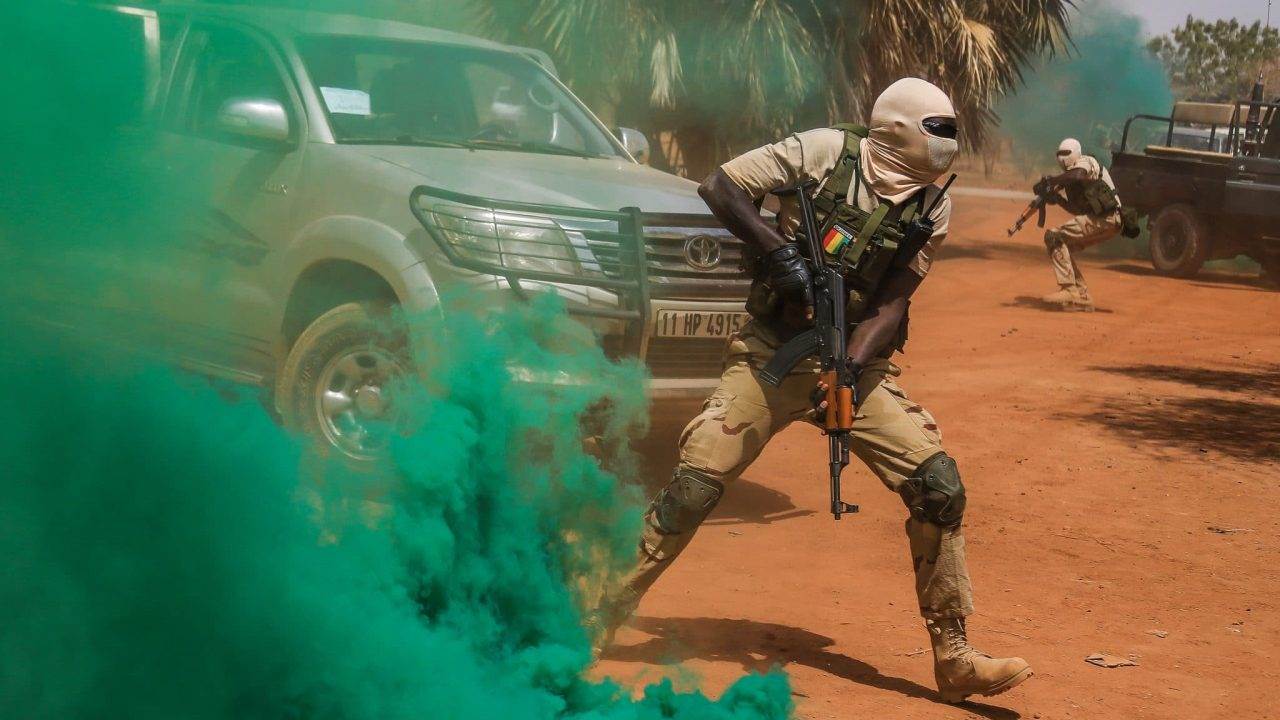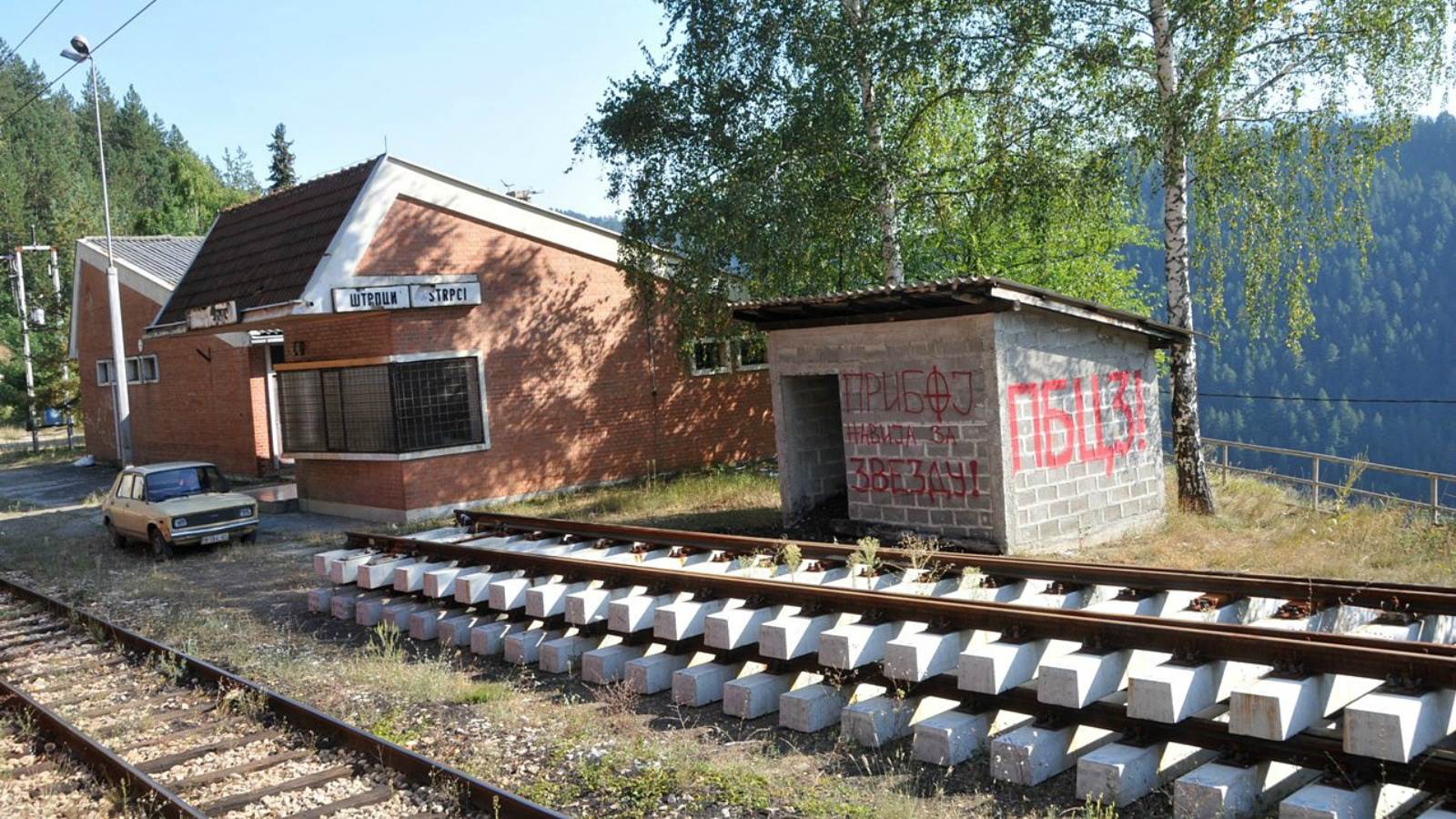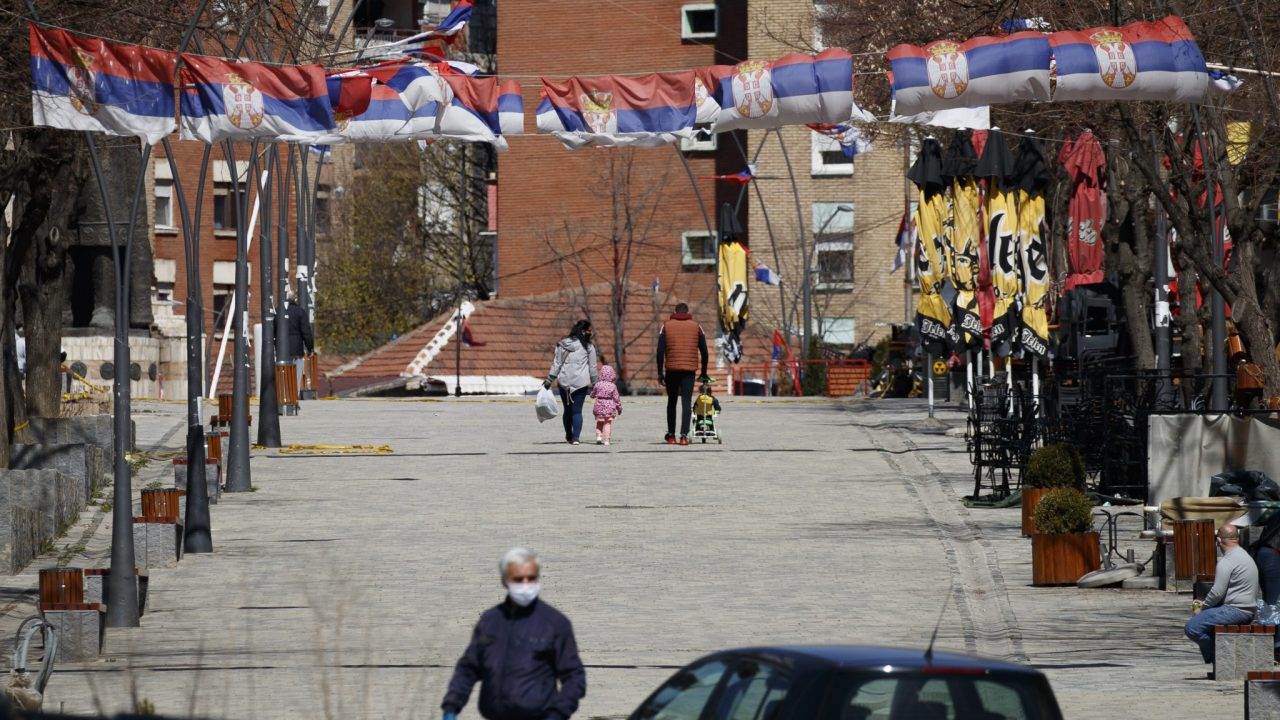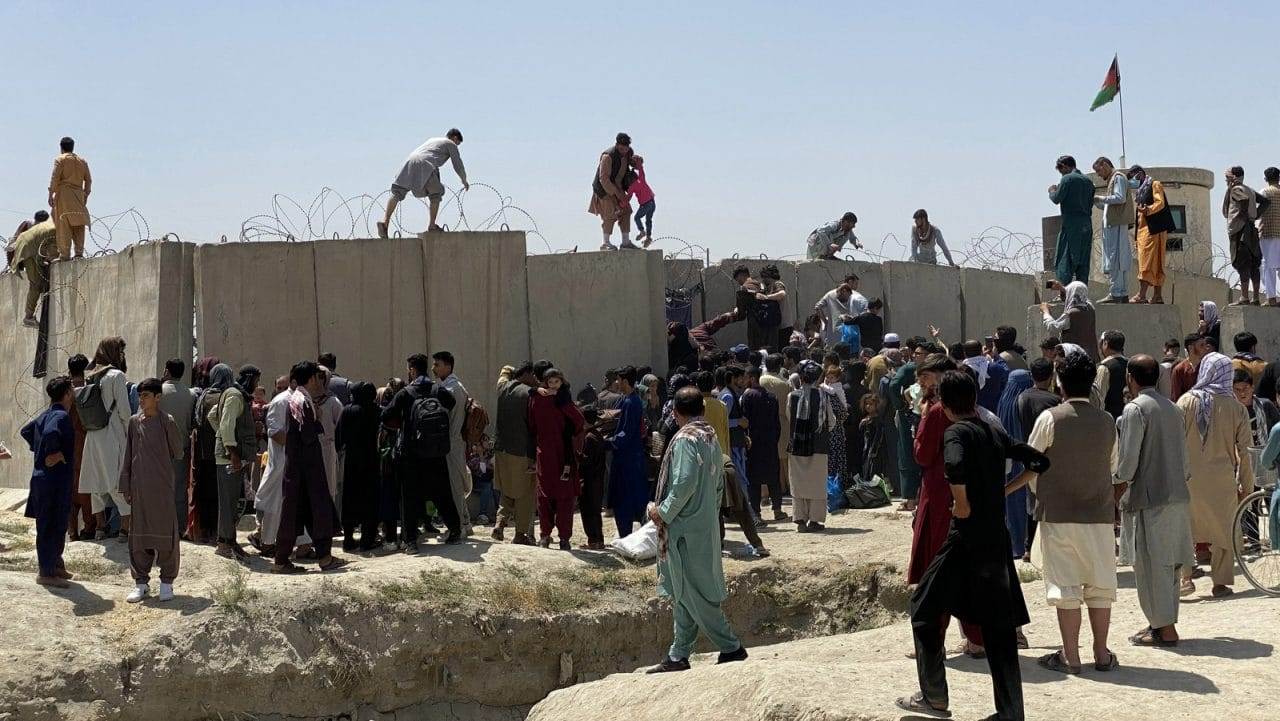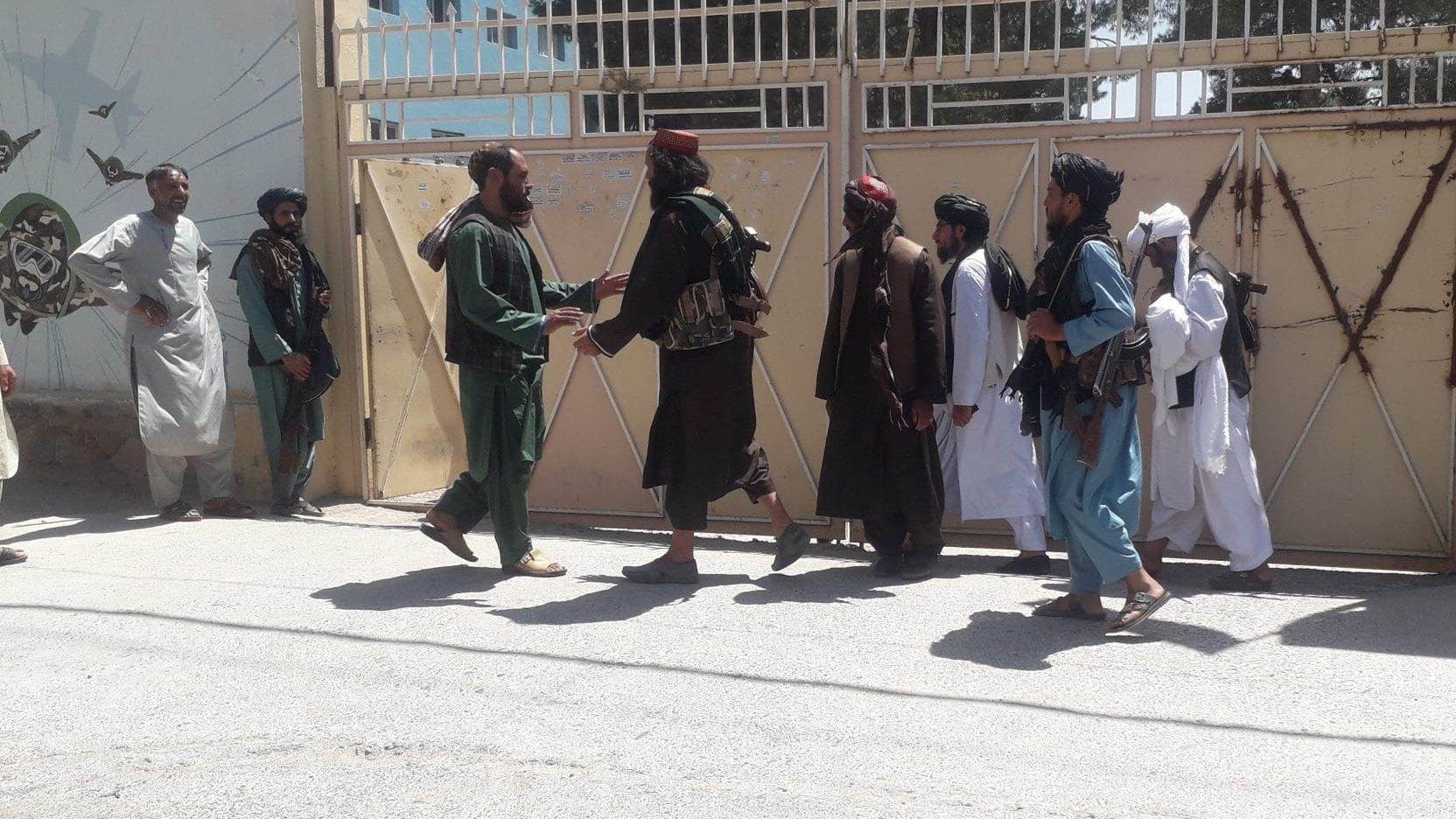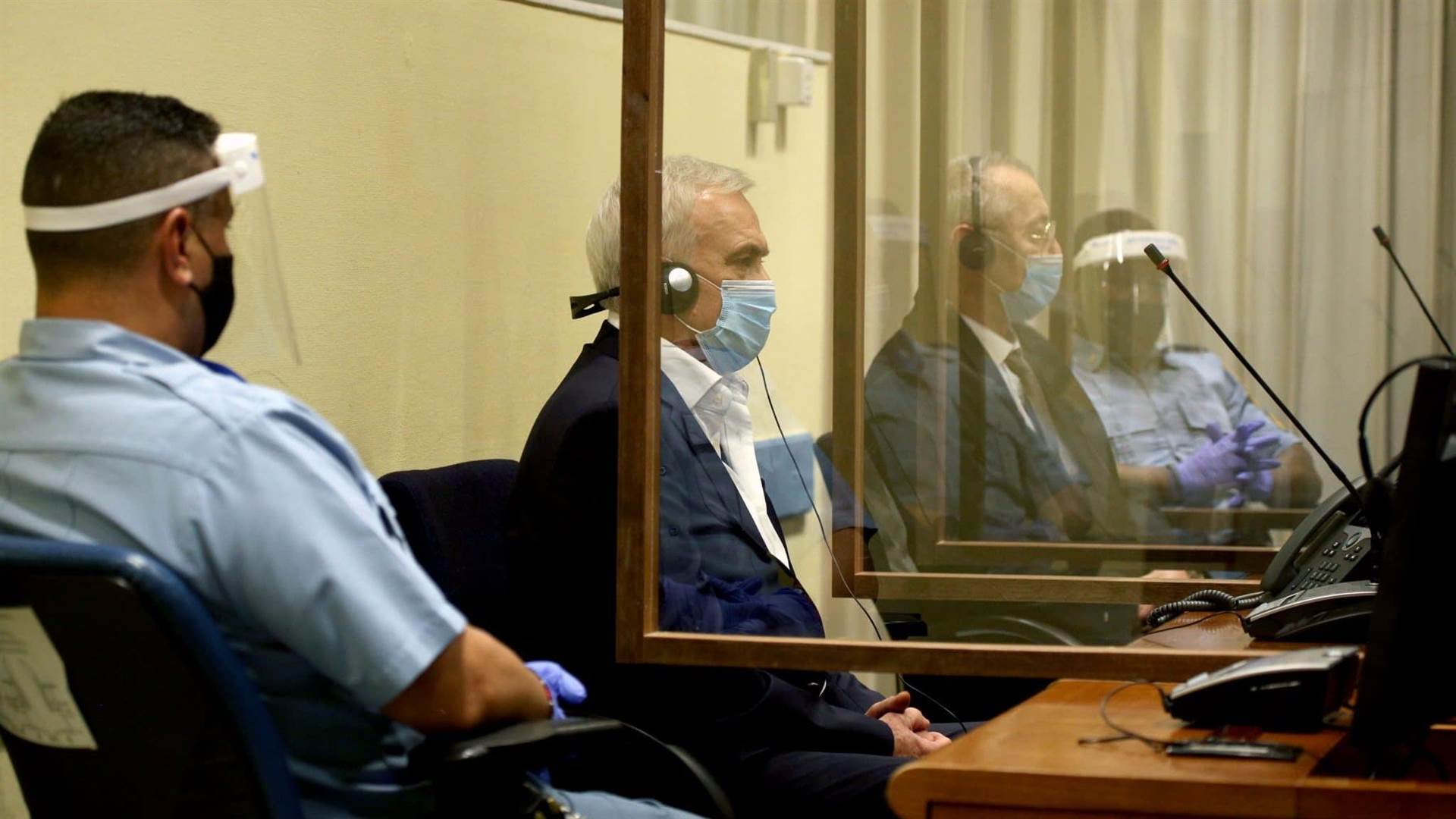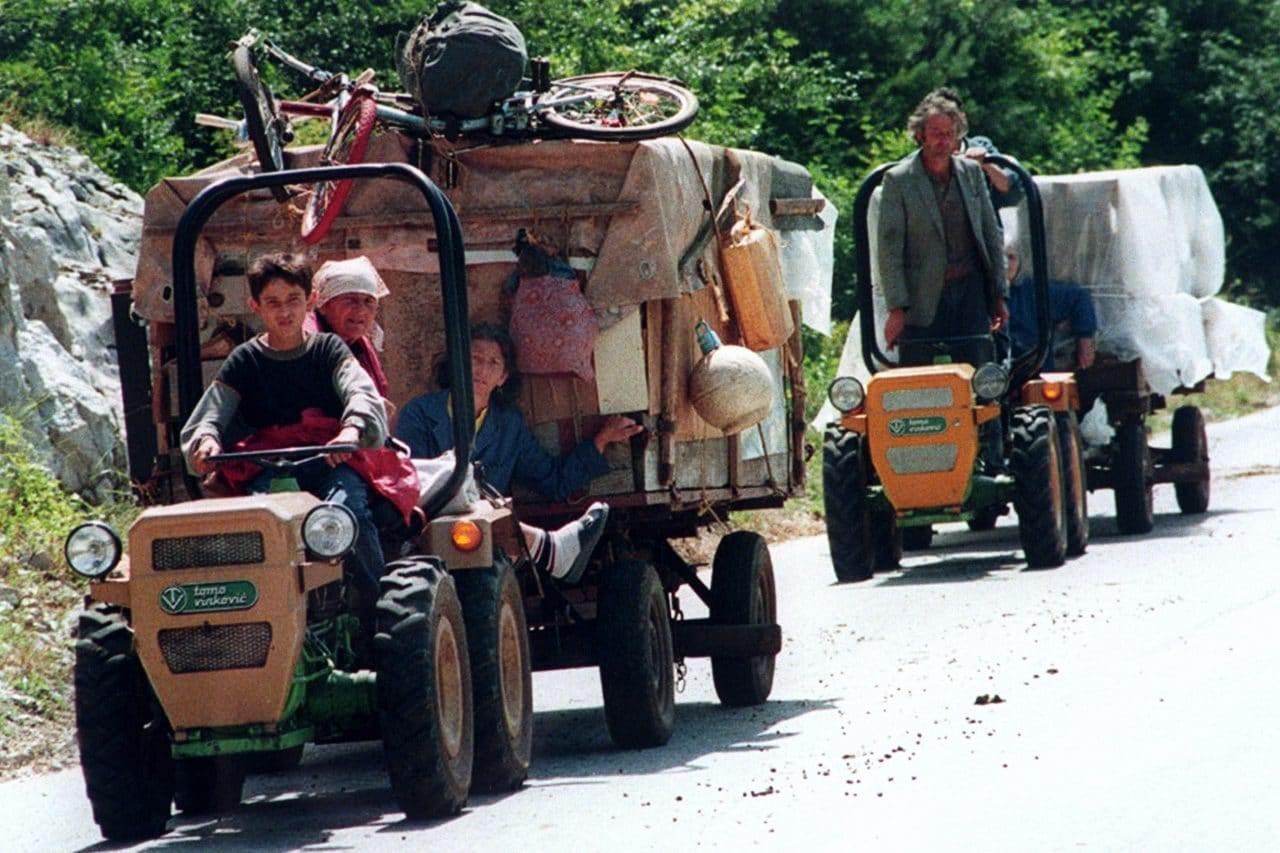Rights group Amnesty International said that its analysis of video images from the conflict in Africa’s Sahel region identified 12 cases in which fighters were carrying weapons that were recently...
One of the defendants on trial for participating in the abduction and killings of 20 non-Serb civilian passengers who were seized at Strpci station during the Bosnian war died in...
The recent repatriation of families of ISIS fighters to Kosovo, Albania and North Macedonia poses a tough challenge to all three countries to rehabilitate them back into society.
Three Kosovo Albanians, one of them who was already wanted to a prison sentence, were detained on suspicion of attacking a Serb - the latest of several recent assaults on...
Governments in the Balkans are closely monitoring the unfolding situation in Kabul and making plans to ensure the safe evacuation of remaining nationals from the aiport, which Turkish troops are...
Twitter has labelled a number of well-known newspapers and TV stations in Serbia as media where 'the state exercises control over editorial content through financial resources and direct or indirect...
After Taliban forces swept to power in Afghanistan, governments in Albania, Kosovo and North Macedonia have accepted a US request to offer temporary refuge to some political refugees who are...
The recently-published verdict in the trial of wartime Serbian security chiefs Jovica Stanisic and Franko Simatovic shows how despite its denials, the Serbian state supported fighting units that committed crimes...
Police said they are investigating after a Facebook post by the Serb mayor of Croatia’s Borovo municipality described the Croatian Army’s 1995 Operation Storm, which defeated rebel Serb forces and...

